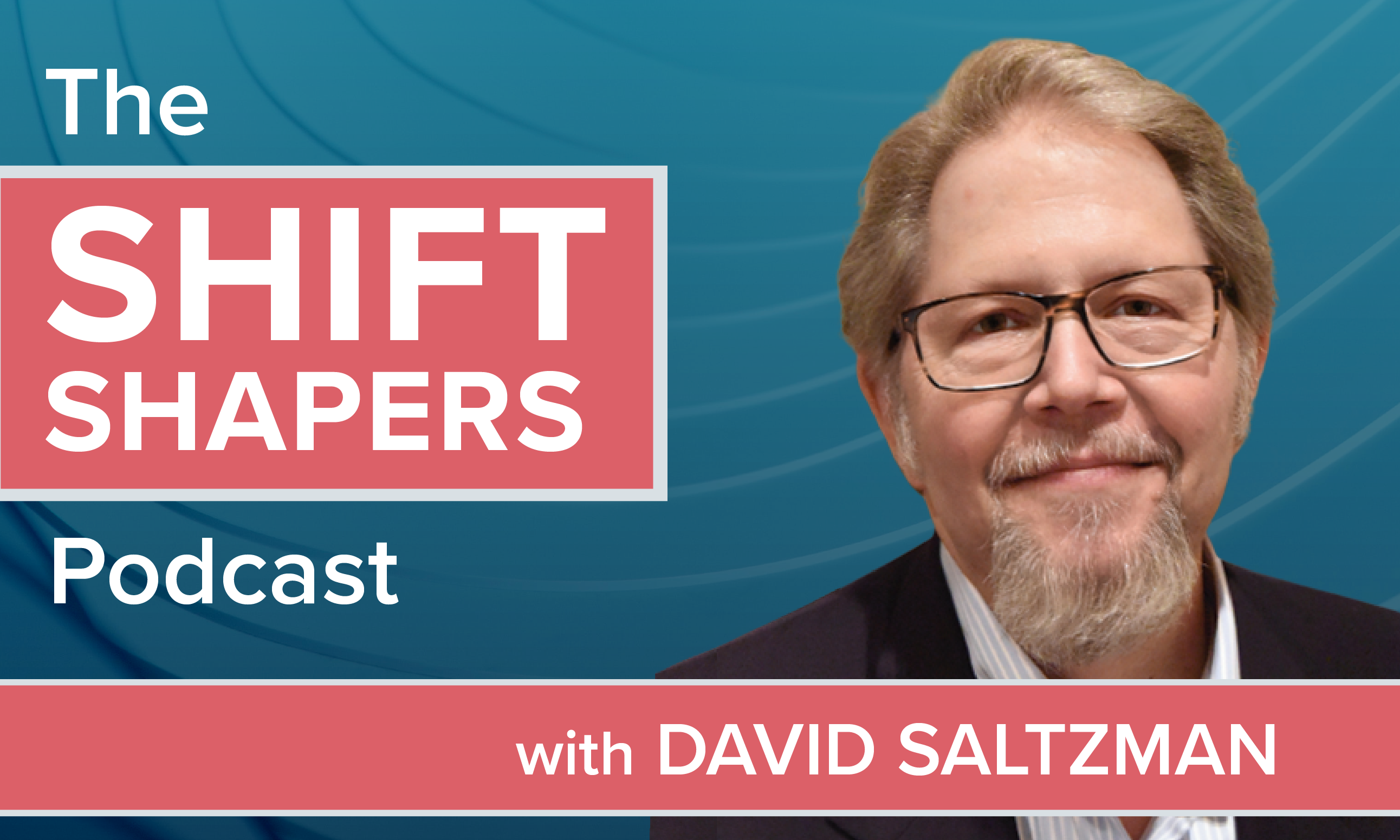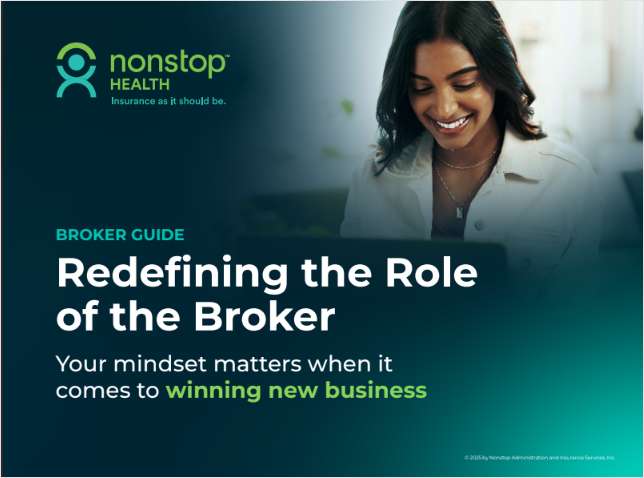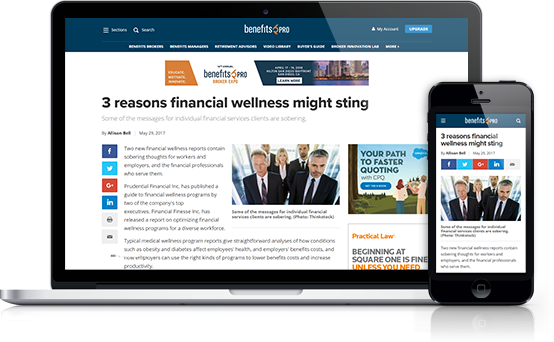 We're at a strange crossroads. On one hand, it feels as if the world stopped calculating the passage of time starting in March of 2020. On the other hand, in the health care industry, it feels as if we've sped ahead by two decades, with the normally slow pace of innovation breaking all kinds of records and expectations.
We're at a strange crossroads. On one hand, it feels as if the world stopped calculating the passage of time starting in March of 2020. On the other hand, in the health care industry, it feels as if we've sped ahead by two decades, with the normally slow pace of innovation breaking all kinds of records and expectations.
The sink or swim mentality brought on by the COVID pandemic accelerated innovation in every aspect of health care. As the dust settles, many stakeholders are realizing that their reasons for resisting disruptive technology were unfounded, and they're looking for ways to maximize the opportunities that the pandemic has opened up. Funding for digital health is blowing up, and the sky's the limit for a health care world that's suddenly and solidly committed to tech innovations.
Here's what we can expect to see more of in the upcoming year.
|The rise of direct-to-consumer health care
Once relegated to niche siloes, direct-to-consumer technology, also known as the concierge approach, has come roaring up the backstretch this year as the employer market becomes increasingly saturated. The high user-quality of tech offerings like GoodRx, Hims & Hers, Ro, and Curology have contributed to the success. These companies can't afford to skimp on the user experience — because users pay out of pocket there is a higher barrier to adoption. On the other hand, the lack of a guaranteed customer base as well as less access to consumer data with the new ability to opt-out of in-app data sharing on the latest Apple iOS, means that these companies are punching up when it comes to user acquisition.
|Mental health is top of mind
The stigma around mental health issues has been slowly lifting over the past decade, but as with many things, COVID accelerated exposure to the problem and lent urgency to finding solutions. And with high profile celebrities like Simone Biles sharing their stories about mental health struggles, the market has never been more ripe for solutions. But while the marketplace has been flooded with text-based therapy apps and other meditation and mindfulness tools meant to support better mental health, questions around efficacy and outcomes plague their progress. We can expect to see continued demand for solutions, but innovators are going to have to figure out problems of scale and make a case for the suitability of digital mediums for dealing with issues such as trauma.
|"Beyond" telemedicine
In the first frantic months of the pandemic, health systems rushed to offer telemedicine to their patients. In many cases, this simply meant a patient had the option to see a provider over video. Although in-person visits have returned, many patients have gotten used to the convenience of virtual care and expect to have it as an option, but worries about the quality of care and limitations on what kind of care can be delivered through video (hint: it's not much) have driven the use of remote patient monitoring (RPM) as a supplementary tool. With RPM, patients can track some vitals from home through a connected or manual device, and add their data into a central database. One of the additional benefits of RPM that adds to its popularity is the ability to have asynchronous interactions between patient and provider, especially critical in a field that is experiencing increasing strain from provider shortages.
|Digital health: From a solution to an ecosystem
The rapid influx of mobile applications for various health needs has created a new genre of technology: digital health companies that exist solely to serve other digital health companies. Digital marketplace services like Xealth and Redox simplify the process for providers to order and prescribe various digital tools and services directly through the EMR, while companies like Zus are attempting to cut through the problems of data isolation with a patient-centric data exchange solution.
Recommended For You
Complete your profile to continue reading and get FREE access to BenefitsPRO, part of your ALM digital membership.
Your access to unlimited BenefitsPRO content isn’t changing.
Once you are an ALM digital member, you’ll receive:
- Breaking benefits news and analysis, on-site and via our newsletters and custom alerts
- Educational webcasts, white papers, and ebooks from industry thought leaders
- Critical converage of the property casualty insurance and financial advisory markets on our other ALM sites, PropertyCasualty360 and ThinkAdvisor
Already have an account? Sign In Now
© 2025 ALM Global, LLC, All Rights Reserved. Request academic re-use from www.copyright.com. All other uses, submit a request to [email protected]. For more information visit Asset & Logo Licensing.








